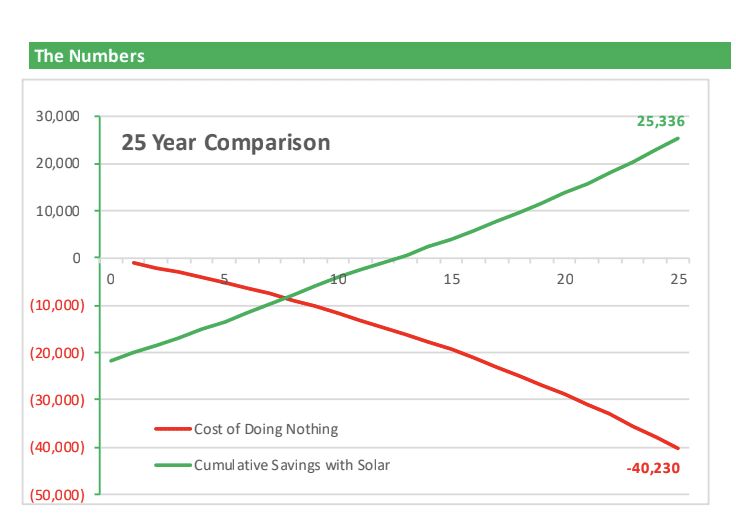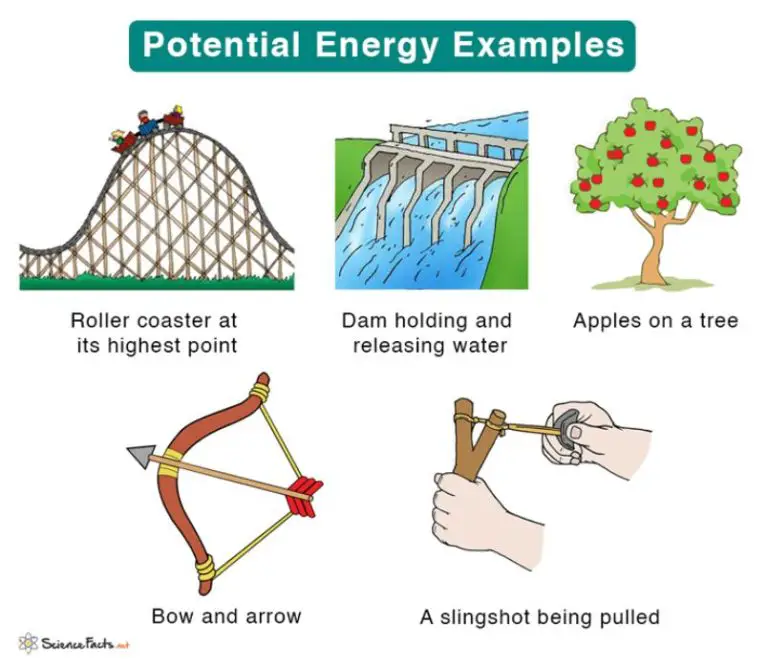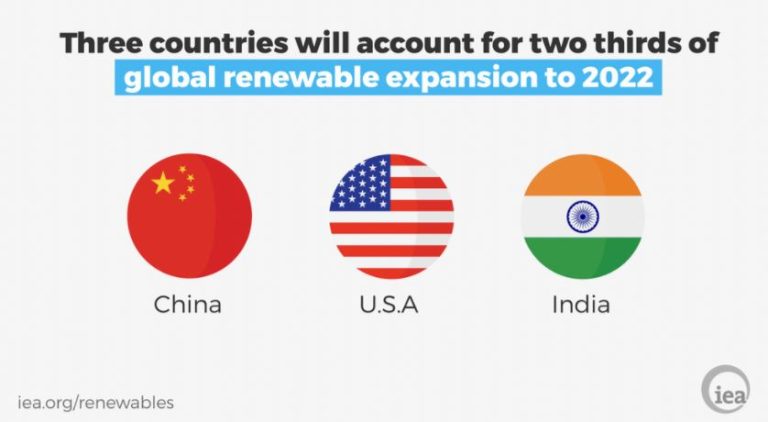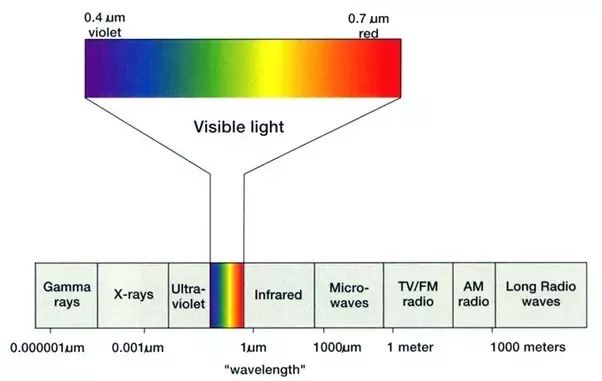What Are Some Examples Of Energy Being Transferred Or Converted?
Energy transfer and conversion are processes that involve energy changing from one form to another. Energy exists in many different forms such as thermal, radiant, mechanical, electrical, chemical, and nuclear. Energy transfer refers to the movement of energy from one location, object, or system to another. Energy conversion is the change of energy from one form to another. Understanding energy transfers and conversions is very important in fields like engineering, physics, chemistry, biology, and ecology.
Being able to harness, control, and utilize various forms of energy through transfers and conversions allows humans to generate electricity, power vehicles, heat homes, and much more. The study of energy transfers and conversions leads to greater efficiency in energy usage and aids in the development of new energy technologies. This knowledge helps support our modern lifestyles and technologies that rely heavily on energy availability and transformation between different energy types.
Chemical Energy to Thermal Energy
One of the most common examples of energy conversion is when chemical energy gets converted into thermal energy through the process of burning fuels. This occurs in many everyday instances, such as when natural gas is burned in a furnace to heat a home, or when gasoline is burned in a car’s engine to propel the vehicle.
On a chemical level, the molecules in fuels contain energy stored in the bonds between their atoms. This is known as chemical potential energy. When these fuels undergo combustion, their chemical bonds break apart in an exothermic reaction that releases thermal energy in the form of heat. Specifically, the oxidation reaction combines the molecules in the fuel with oxygen, forming new compounds like carbon dioxide and water. This chemical reaction frees up the energy that was contained in the fuel’s molecular bonds.
Foods can also be considered as fuels for living organisms. When food is digested and metabolized in the body, the chemical energy stored in the molecular bonds gets converted into heat and usable energy. The oxidation of nutrients like fats and carbohydrates breaks down their large molecules into smaller byproducts with lower energy states. The energy difference gets released as thermal energy that maintains normal body temperature.
In summary, chemical energy represents the potential energy contained within the molecular structures of fuels and foods. This energy can be harnessed through combustion or metabolic processes. When the molecules are oxidized, the resulting chemical reactions release the stored energy in the form of heat, demonstrating the conversion of chemical energy into thermal energy.
Electrical Energy to Light Energy
One of the most common examples of electrical energy being converted into light energy is in light bulbs. Light bulbs contain a thin filament that heats up when electrical current passes through it. The filament gets so hot that it glows, producing visible light. So inside a lightbulb, the electrical energy is converted into thermal energy in the filament first. This thermal energy then causes the atoms in the filament to vibrate rapidly, emitting photons of light. This process of a hot object emitting electromagnetic radiation in the visible spectrum is known as incandescence.
So in summary, inside a simple incandescent light bulb, the electrical current running through the tungsten filament heats it up to over 2500°C. This high temperature causes the filament to glow brightly, producing light. This demonstrates the conversion of electrical energy to thermal energy and then finally into visible light energy that illuminates our homes.
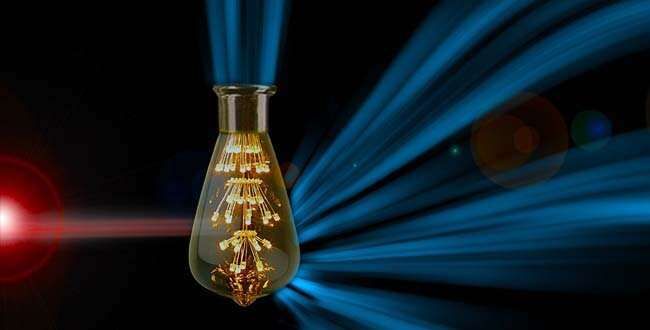
Mechanical Energy to Electrical Energy
One of the most common ways that mechanical energy gets converted into electrical energy is through the use of turbines and generators. A turbine uses the kinetic energy from a moving fluid like water, steam, or air to cause a shaft to spin. This spinning shaft is connected to the rotor of an electrical generator.
Inside the generator, the spinning rotor rotates within a magnetic field, which induces a voltage and current in the windings of the stator surrounding the rotor. This process of electromagnetic induction is what converts the mechanical rotational energy into electrical energy. The electricity generated can then be distributed through transmission lines to homes, businesses, and factories.
Hydroelectric dams are a prime example of this energy conversion. The kinetic energy of falling water spins the turbines, which then spin the generators to produce electricity. Similarly, wind turbines use the kinetic energy of moving air to rotate the turbine and generator. Even some natural gas power plants burn fuel to release thermal energy, using that heat to produce pressurized steam that can spin a turbine/generator.
In all these cases, the fundamental principle is the same – converting the mechanical rotational motion into electricity through the generator. Turbines provide the spinning shaft, while generators handle the energy conversion, allowing mechanical energy to be transformed into usable electrical energy.
Radiant Energy to Electrical Energy
One of the most well-known examples of energy conversion is the way solar panels convert radiant energy from the sun into electrical energy. Solar panels contain photovoltaic cells made up of semiconducting materials which can directly convert sunlight into electricity through the photovoltaic effect.
When sunlight hits the solar panel, the photons are absorbed by the semiconducting material in the photovoltaic cells. This energy from the photons knocks electrons loose from their atoms, allowing them to flow through the material and produce an electric current. The photovoltaic effect causes this conversion of radiant light energy to electrical energy with no moving parts required.
The electrical energy generated can then be used to power homes, buildings, and even feed into the utility grid. Solar power represents a clean and renewable way to harness the immense power of the sun. With solar panel technology improving and costs decreasing, solar energy will likely play an expanding role in our energy future.
Nuclear Energy to Electrical Energy
Nuclear power plants are an excellent example of energy conversion from nuclear energy to electrical energy. Nuclear power plants operate through a process called nuclear fission, where atoms are split apart to release incredible amounts of heat energy. This heat energy is then used to boil water into steam, which spins a turbine that generates electricity.
Specifically, enriched uranium fuel rods inside the nuclear reactor generate heat through controlled nuclear fission. This heat is carried away by a coolant, often water, which travels through tubes around the fuel rods. The hot coolant is pumped into a steam generator or heat exchanger, which boils clean water on the other side into steam. This high-pressure steam is then piped to turn the blades of a turbine generator to produce electricity. After passing through the turbine, the steam is condensed back into water and recycled through the system.
Nuclear power plants provide a reliable and efficient way to meet electricity demands. In the conversion process from nuclear to electrical energy, a small amount of nuclear fuel releases an incredible amount of sustainable energy. Nuclear power today provides about 20% of all electricity in the United States, and is considered a stable, low-carbon energy source. The conversion of nuclear energy to electricity in nuclear plants demonstrates energy being changed from one form to another useful form.
Chemical Energy to Mechanical Energy
One of the most common examples of chemical energy being converted into mechanical energy is batteries powering mechanical devices. Batteries contain chemicals that undergo reactions to generate an electrical current. This electrical energy can then be used to power motors and actuators to create movement and do mechanical work.
For example, batteries in electric vehicles and hybrid vehicles provide the electricity to run electric motors that propel the wheels. The chemical energy stored in the batteries gets converted into electrical energy which gets converted into the mechanical energy that moves the car. Without the chemical reactions in the batteries, the mechanical motion of the wheels would not be possible.
Another example is small electronics like remote control cars or robot toys. Batteries provide the power source for the electric motors that make the wheels turn. The motor takes the electrical energy from the battery and converts it into rotational kinetic energy in the wheels and axles. Again, without the chemical energy in the batteries being converted, the toys would not be able to move.
Even devices like power drills and electric screwdrivers rely on this energy conversion. The batteries contain chemicals that react to produce electricity that powers the motor in the drill bit or screwdriver. The motor takes that electrical energy and converts it into the rotational forces needed to turn screws or drill holes.
So in summary, batteries and chemical reactions are critical for converting chemical potential energy into electrical and finally mechanical energy to power a wide variety of motorized devices that require movement and kinetic energy.
Electrical Energy to Sound Energy
One of the most common examples of electrical energy being converted into sound energy is through speakers. Speakers contain electromagnets that are hooked up to an audio input source and a power amplifier. When electrical current from the amplifier flows through the electromagnet, it creates a magnetic field that pushes and pulls on the speaker cone. This rapid back and forth motion pushes on the air molecules, creating vibrations that our ears interpret as sound.
The electrical signals being sent to the speaker determine the patterns of vibration and correspond to the sounds that we hear. Complex audio like music and voices require intricate electrical signals to reproduce their waveforms accurately. The speaker acts as a transducer, converting the electrical energy in the input signals into mechanical energy in the speaker cone that is transmitted as acoustic energy through the air.
Speakers demonstrate how electrical energy can be transformed into the energy of sound waves. This allows electrical devices like phones, computers and radios to produce audible sound from stored or transmitted data. Speakers convert electromagnetic energy into mechanical motion and finally into pressure waves of vibrating air molecules that our ears can detect.
Thermal Energy to Mechanical Energy
One of the most common examples of converting thermal energy into mechanical energy is through heat engines. Heat engines take advantage of the laws of thermodynamics by converting heat into work.
One of the most widely used heat engines is the steam turbine. In a steam turbine, water is heated up by a boiler into high-pressure steam. This steam then expands and pushes against blades of a turbine, causing them to spin at high speeds. This spinning turbine is connected to a shaft that can then be used to turn the gears of a generator to produce electricity.
Steam turbines are used in power plants to convert the thermal energy from coal, natural gas, nuclear etc. into usable electricity. They can achieve efficiencies of up to 50% in converting heat energy into mechanical work. Other applications include naval propulsion, pumped-storage power stations and more.
Another example is an internal combustion engine, such as those used in most cars. Here, thermal energy is generated by the combustion of gasoline inside the engine. This rapid expansion of hot gases pushes the pistons, transmitting power to the crankshaft and wheels.
In both cases, thermal energy from a high-temperature source is used to produce mechanical motion. This allows useful work to be extracted from heat through the use of clever thermodynamic processes and devices.
Conclusion
Energy transfer and conversion are processes that are essential to our modern world. As we have seen, there are many different examples of energy being converted from one form to another. From chemical energy in batteries being converted to electrical energy to power our devices, to radiant energy from the sun being converted to electrical energy through solar panels, energy conversion allows us to harness different energy sources for practical use.
Understanding energy transfer and conversion gives us insights into how we can utilize different energy sources more efficiently. Mechanical energy can be converted to electrical energy through generators, allowing renewable sources like wind and hydro power to produce electricity. Nuclear energy is converted to electrical energy to generate a significant portion of electricity in many parts of the world. Being able to convert energy from one form to another gives us flexibility in meeting our energy needs.
Energy transfers and conversions will continue to play a vital role as we build a more sustainable future. Whether it’s developing better solar panels to convert radiant energy or improving batteries to store chemical energy more efficiently, innovations in energy conversion will be key. By studying and understanding the many ways energy can change forms, we gain knowledge that allows us to use our resources more effectively.

